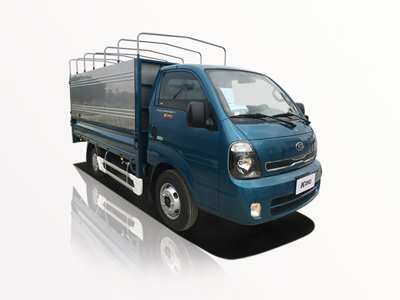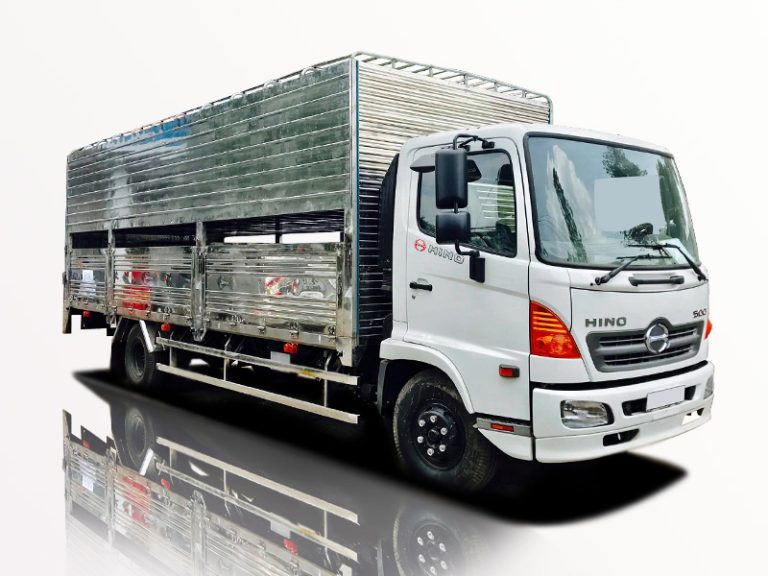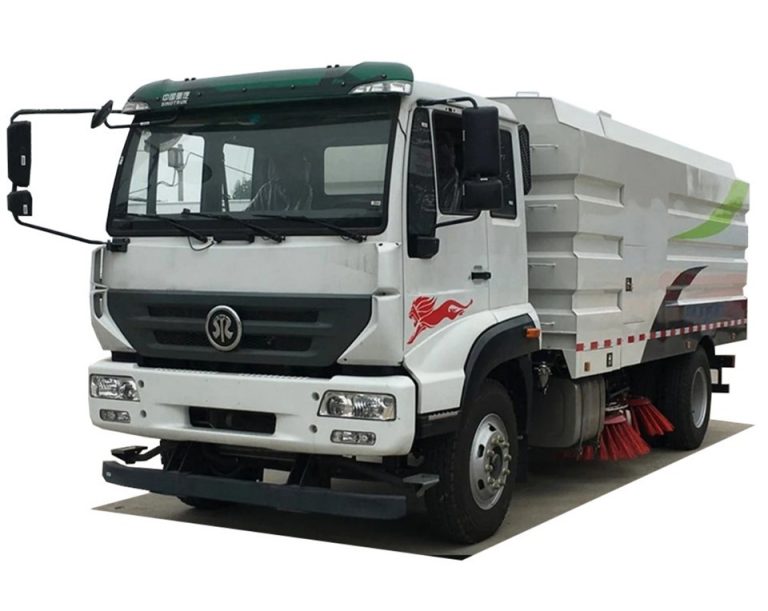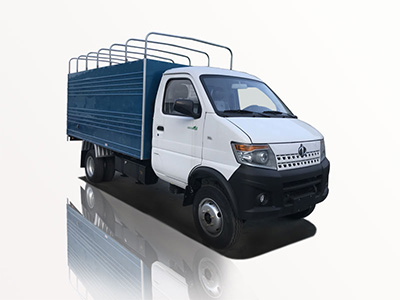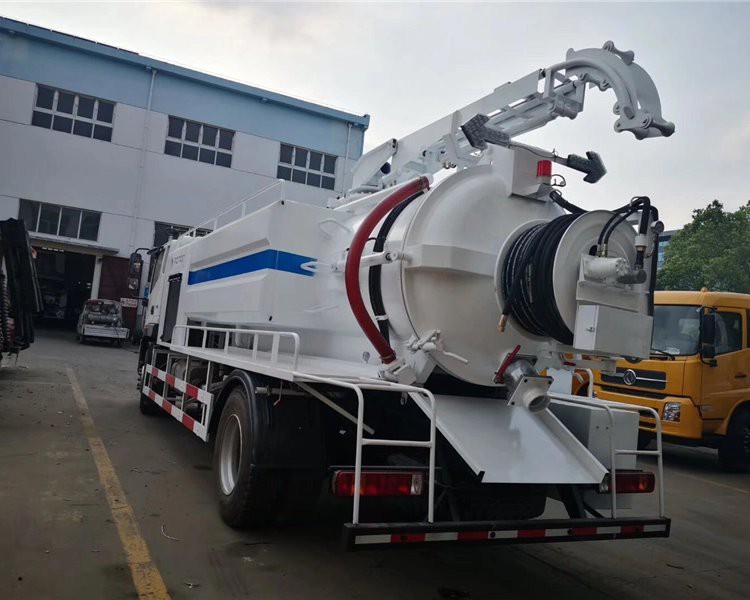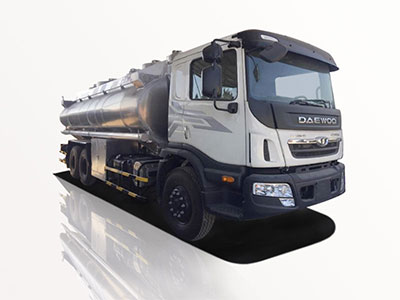In the world of waste management and industrial operations, efficient and effective compactors play a crucial role in ensuring that waste is reduced to manageable sizes. An important component of these compactors is the receiver box. This article delves into the various aspects of receiver boxes for compactors, including their functions, types, benefits, and tips for optimal use.
What is a Receiver Box?
A receiver box is an integral part of a compactor system, designed to hold waste materials before and during the compaction process. It serves as the initial collection point where waste is deposited before it is compacted into smaller, more manageable forms.
Key Functions of a Receiver Box
- Loading Point: Acts as the main entry point for waste materials.
- Material Segregation: Helps in sorting waste for recycling or disposal.
- Safety: Ensures that flammable materials or hazardous waste are contained properly.
Types of Receiver Boxes
Receiver boxes for compactors come in various designs and materials to cater to different operational needs. Here, we categorize them based on type and material.
1. Stationary Receiver Boxes
These are permanently installed structures that are often used in commercial and industrial settings. They are robust and typically made from heavy-duty materials to withstand daily operations.
Features:
- High capacity for large volumes of waste.
- Durable construction for long-term use.
2. Mobile Receiver Boxes
Designed to be moved around, mobile receiver boxes are often used in construction sites or events. They are equipped with wheels for easy transportation.
Features:
- Flexible usage in different locations.
- Lightweight materials for ease of movement.
3. Custom Receiver Boxes
Some companies offer custom-designed receiver boxes tailored to specific needs, such as accommodating unique types of waste or fitting into particular spaces.
Benefits:
- Exact fit for operational requirements.
- Enhanced efficiency in waste management.
Materials Used in Receiver Boxes
The material of a receiver box affects its durability, weight, and suitability for various types of waste. Common materials include:
| Material | Advantages | Disadvantages |
|---|---|---|
| Steel | Durable, strong, resistant to weather | Heavy, can be costly |
| Plastic | Lightweight, corrosion-resistant | Less durable, may not handle heavy loads |
| Composite | Good balance of durability and weight | Can be expensive, may require specialized maintenance |
Benefits of Using Receiver Boxes in Compacting Operations
Implementing a receiver box in your compactor operation comes with several advantages:
1. Enhanced Safety
Receiver boxes are designed to safely contain waste, reducing the risk of leaks or spills. This is particularly crucial when dealing with hazardous materials.
2. Improved Efficiency
With proper loading and segregation, waste can be compacted more effectively, saving time and resources.
3. Cost-Effective Waste Management
By compacting waste, companies can minimize disposal fees and reduce the frequency of pickups.
Practical Tips for Selecting a Receiver Box
Choosing the right receiver box can make a significant difference in your waste management process. Here are some practical tips to consider:
1. Assess Your Waste Type
Understanding the nature of the waste you handle—whether it’s construction debris, recyclable materials, or organic waste—will help dictate the type of receiver box you need.
2. Evaluate Space Constraints
Measure the space available for the receiver box, ensuring it fits comfortably in your operation area without obstructing workflow.
3. Consider Weight Capacity
Choose a receiver box that can withstand the weight of the waste you expect to handle. This will prevent damage and ensure longevity.
4. Check for Compatibility
Ensure that your receiver box is compatible with the compactor you will be using. This includes checking dimensions and loading mechanisms.
FAQs About Receiver Boxes for Compactors
1. How often should I empty the receiver box?
The frequency of emptying depends on the volume of waste generated. Regular checks can help determine optimal times for emptying.
2. Can I use a receiver box for different types of waste?
Yes, but it’s important to clean the box thoroughly between different waste types to avoid contamination.
3. What maintenance do receiver boxes require?
Regular inspections for damage, cleaning to prevent odors, and ensuring all components are functioning correctly are necessary maintenance tasks.
4. Are there environmentally friendly receiver boxes?
Several manufacturers produce receiver boxes made from recycled materials or those designed for minimum environmental impact. It’s worth researching sustainable options.
5. How do I know what size receiver box I need?
Size determination involves calculating your typical waste volume per week and considering your compactor’s capacity.
6. Can I customize my receiver box?
Yes, many manufacturers offer customization options to meet specific needs, including size, color, and additional features like lids or segregated compartments.
Conclusion
The receiver box for compactors is a vital component in efficient waste management. Understanding its types, materials, benefits, and selection criteria can greatly enhance your operational efficiency. By implementing the right receiver box, you can improve safety, reduce costs, and contribute to a more sustainable waste management process.
For any further inquiries or specialized requirements, please consult with a waste management expert or equipment supplier.
